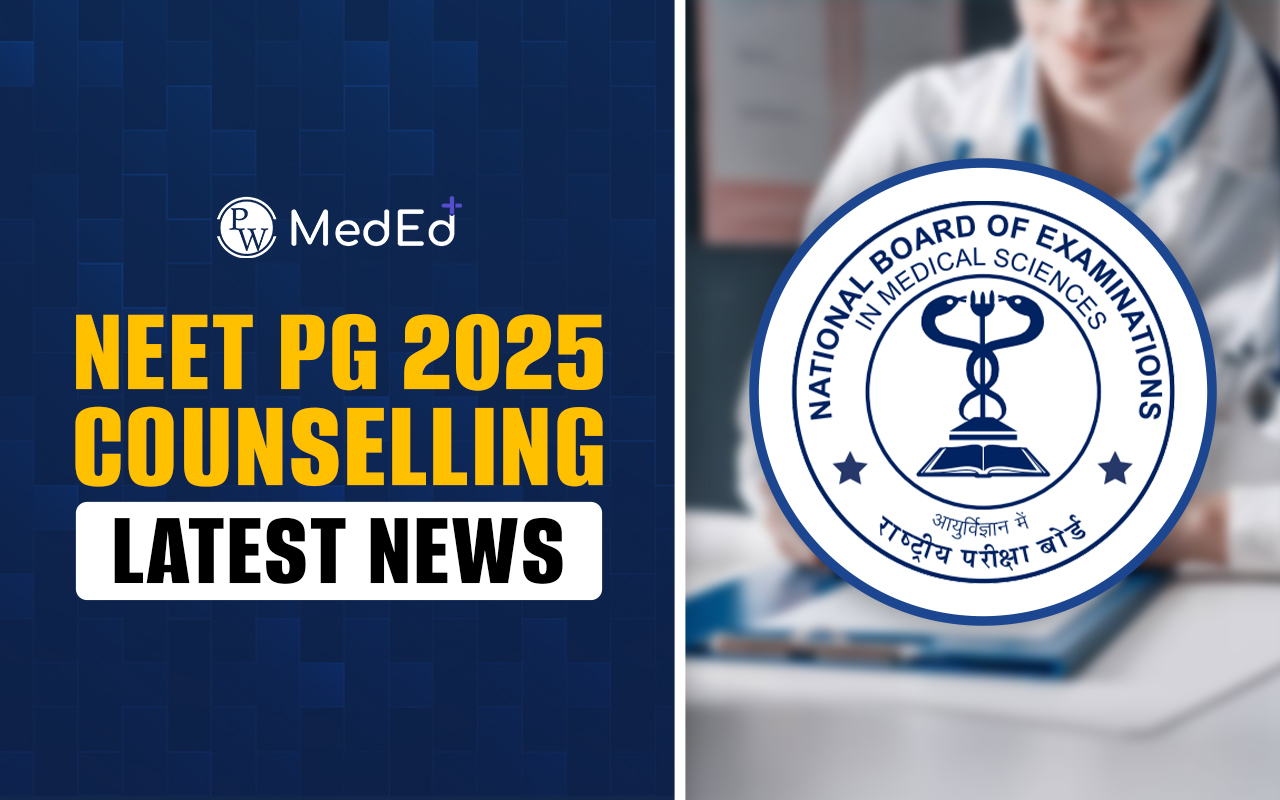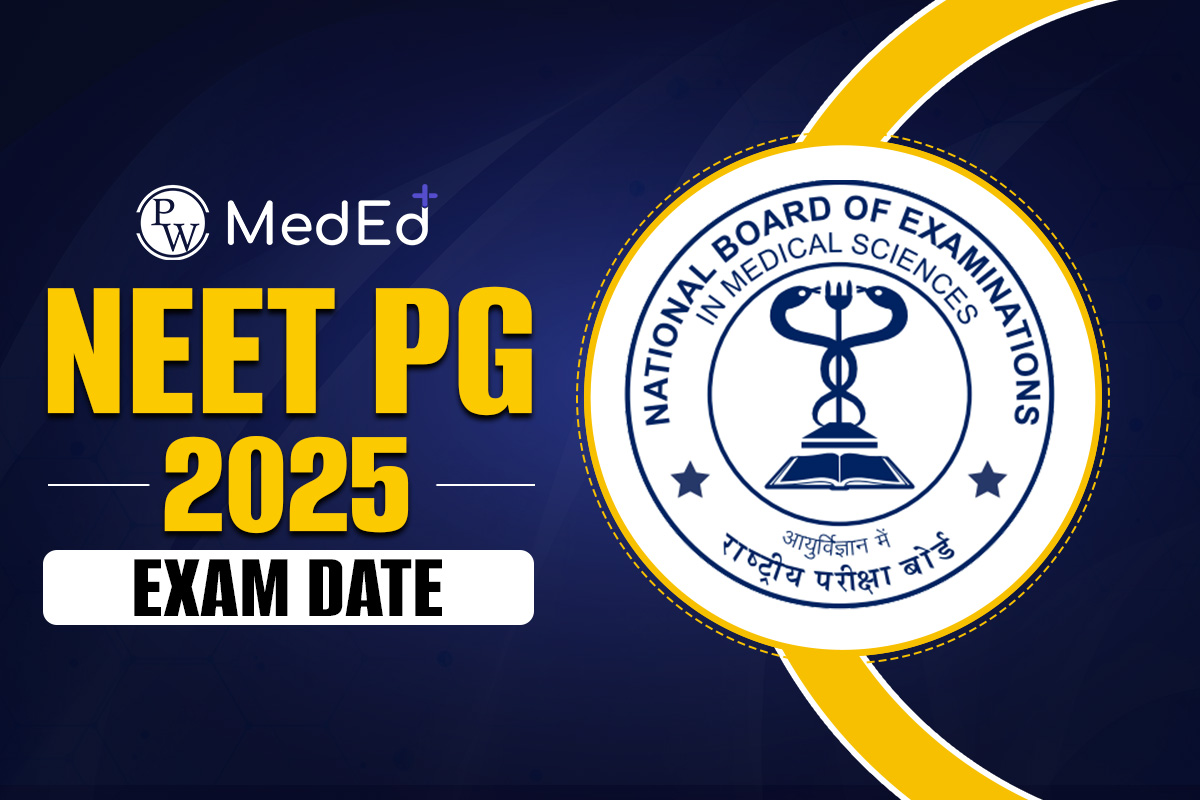

FMGE 2026 Pattern: FMGE Full Form is Foreign Medical Graduate Examination. FMGE 2026 will be conducted by the National Board of Examinations in Medical Sciences. This national eligibility cum entrance examination is conducted for Indian students to get the license to practice medicine and surgery in India after completing the MBBS program in a foreign country.
FMGE 2026 Pattern is necessary for all the candidates to know the structure of the paper, the number of questions to be asked, the marking pattern, and the weightage distribution of the topics. The candidates can plan the preparation course and can focus more on high-yielding topics by knowing the exam pattern.
The following post contains the details of FMGE 2026 Exam Pattern Highlights, FMGE 2026 Scheme of the Examination, FMGE 2026 Marking Scheme, and FMGE 2026 Subject-wise Distribution of Marks.
FMGE 2026 Pattern
The FMGE is held twice every year – once in June and once in December. It is a computer-based test and is conducted only in the English language. The exam is divided into two papers – Part A and Part B. Each part carries 150 questions, and students are given 2 hours and 30 minutes for each part.
The questions are multiple-choice, and the syllabus is based fully on the MBBS curriculum. To qualify, students must score 150 marks out of 300. The table below shows the FMGE 2026 Exam Pattern Highlights in detail:
|
FMGE Paper Pattern Highlights |
|
|
Particulars |
Details |
|
Periodicity |
Biannually - June and December |
|
Mode of FMGE exam |
Computer-based test |
|
Medium of exam |
English |
|
Number of paper |
Two - Part A and Part B |
|
Type of questions |
Objective type |
|
Total questions |
300 multiple-choice questions |
|
Time allotted |
2 hours 30 minutes for each part |
|
Syllabus |
Based on the MBBS curriculum |
|
Qualifying marks |
150 marks out of 300 |
FMGE 2026 Scheme of the Examination
The FMGE 2026 Scheme of the Examination provides information about the distribution of the examination. The exam pattern consists of two papers, each containing 150 questions. There is a total duration of 2 hours 30 minutes for each part, which implies a total duration of 5 hours.
The scheme clearly states that all the subjects of the MBBS course are covered. Hence, the students should have a good preparation of the pre-clinical and clinical subjects. Also, since there is no negative marking, it is always beneficial to attempt all the questions.
The scheme ensures that students are well assessed in a large number of subjects before they are allowed to practice in India.
FMGE 2026 Marking Scheme
The FMGE 2026 Marking Scheme provides students with an idea of how marks are allotted. There is no negative marking in FMGE. Most exams have negative marking, but FMGE 2026 is different. Wrong answers will not be deducted from your marks. You will get the opportunity to attempt all the questions. In the table below is the FMGE 2026 marking scheme for the candidate's reference.
|
FMGE Marks Distribution |
|
|
Particulars |
Details |
|
Correct answer |
1 mark will be awarded for every correct answer |
|
Incorrect answer |
No negative marking |
FMGE 2026 Subject-wise Distribution of Marks
The FMGE 2026 Subject-wise Distribution of Marks is very important for preparation. The exam is divided into two broad parts: Pre-Clinical & Para-Clinical Subjects and Clinical Subjects. Together, they make a total of 300 marks.
|
Pre-Clinical & Para-Clinical Subjects (100 Marks) |
|
|
Subject |
No. of Questions |
|
Anatomy |
17 |
|
Physiology |
17 |
|
Biochemistry |
17 |
|
Pathology |
13 |
|
Microbiology |
13 |
|
Pharmacology |
13 |
|
Forensic Medicine |
10 |
|
Total |
100 |
This table shows that clinical subjects carry higher marks. Medicine, Surgery, Obstetrics & Gynaecology, and Community Medicine are the most important areas to focus on.
|
Clinical Subjects (200 Marks) |
|
|
Subject |
No. of Questions |
|
Medicine |
33 |
|
Psychiatry |
5 |
|
Dermatology & STD |
5 |
|
Radiotherapy |
5 |
|
General Surgery |
32 |
|
Anesthesiology |
5 |
|
Orthopaedics |
5 |
|
Radiodiagnosis |
5 |
|
Pediatrics |
15 |
|
Ophthalmology |
15 |
|
Obstetrics & Gynaecology |
30 |
|
Community Medicine |
30 |
|
Total |
200 |
The FMGE 2026 Subject-wise Distribution of Marks shows that clinical subjects carry more weightage. Students should give more focus to medicine, surgery, gynaecology, and community medicine. At the same time, pre-clinical subjects should not be ignored, since they build the foundation of clinical knowledge.
FMGE 2026 Pattern FAQs
Q1. What is the FMGE 2026 Pattern?
Q2. How many marks are required to qualify for FMGE 2026?
Q3. Does FMGE 2026 have a negative marking?
Q4. What is the FMGE 2026 Subject-wise Distribution of Marks?
Q5. What is the FMGE 2026 Scheme of the Examination?











